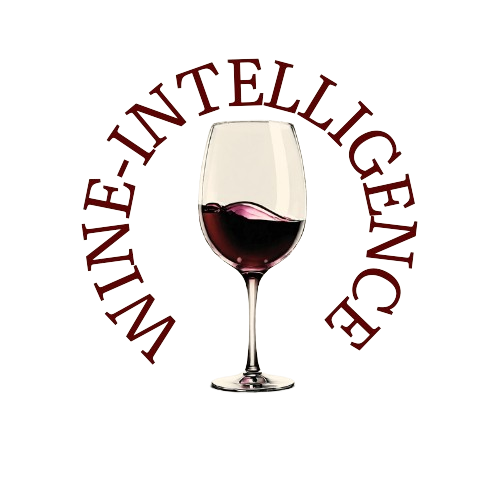Recent sales data from SipSource highlights a nuanced landscape for the U.S. wine market.
Between November 2022 and October 2023, white wine categories such as Pinot Grigio and white blends demonstrated modest growth, standing out against a broader backdrop of declining figures. Despite these gains, red wines continue to dominate, retaining over 80% of the market value, even as key varieties like Cabernet Sauvignon and Merlot face headwinds.
White Wine Bright Spots Amid Declines
Among white wines priced above $11, Pinot Grigio and white blends emerged as rare growth stories. Pinot Grigio posted notable revenue increases, while white blends followed suit, capturing the attention of producers and distributors. The only other white wine to show resilience was Sauvignon Blanc, which recorded a modest 1.2% sales uptick.
By contrast, Chardonnay, a staple in the U.S. market, declined by 4.7%. While still a major revenue generator, its downward trajectory aligns with the overall challenges facing many wine categories.
Red Wines: Dominant but Declining
Despite their dominance, red wines faced significant declines. The steepest drops were observed in:
- Other Reds: Down 17.4%, reflecting waning interest in lesser-known varieties.
- Merlot: A decline of 13.3%, indicating challenges for this once-popular varietal.
- Rosé: Down 12.8%, showing a slowdown after years of rapid growth.
- Red Blends: Declined 11.2%, though still a key contributor to overall market value.
Even heavyweight categories like Cabernet Sauvignon (down 4.5%) and Pinot Noir faced declines, signaling broad challenges for the red wine sector.
Perspective on Pinot Grigio and White Blends
The growth in Pinot Grigio and white blends may encourage producers to expand offerings in these categories. However, their current market share remains small. To illustrate: the combined revenue of these two categories would need to quintuple to match Chardonnay’s market dominance. While the growth trajectory is promising, significant market disruption seems unlikely in the short term.
Misconceptions About Alternative Varieties
The steep decline in the "Other Reds" category, encompassing lesser-known indigenous grape varieties, challenges the idea that consumers are seeking alternatives to mainstream red wines like Cabernet Sauvignon and Merlot. Instead, these figures suggest that consumer preferences remain anchored in familiar territory, despite the industry’s efforts to promote diversity.
SipSource Data Insights
As a monitoring system created by the Wine & Spirits Wholesalers of America (WSWA), SipSource provides robust insights, tracking over 225,000 products across 450,000 on-trade and retail locations. While its data covers approximately 70% of the U.S. wholesale market, offering valuable perspectives, it’s worth noting that trends from the remaining 30% might add nuance to the picture.
What Lies Ahead?
The U.S. wine market remains firmly rooted in its preference for red wines, even as the category grapples with challenges. White wine categories like Pinot Grigio and white blends show pockets of opportunity, but their influence is still limited. For now, industry players face the dual challenge of addressing declining overall sales while navigating shifting consumer preferences.
As the market evolves, keeping an eye on emerging trends and consumer behaviors will be critical. While the white wine category hints at potential, the enduring dominance of red wines underscores the importance of innovation and adaptability for long-term growth.
Source: Vinetur

